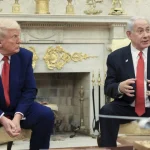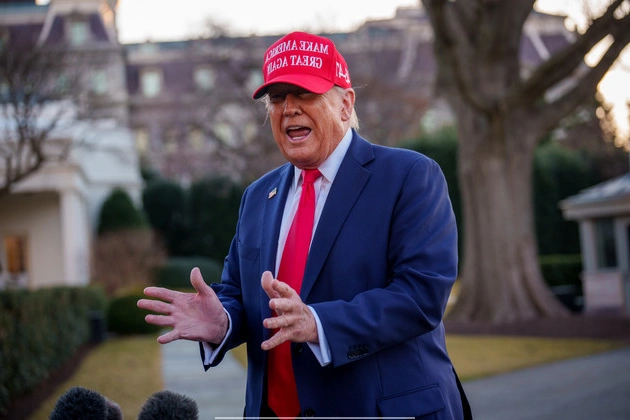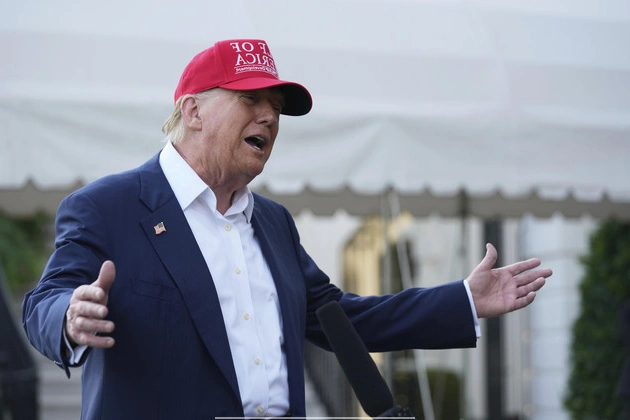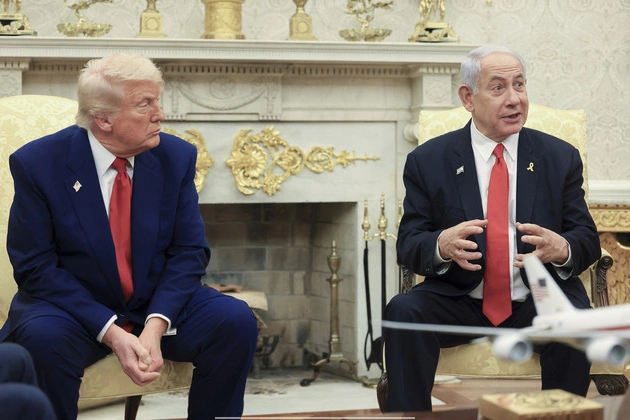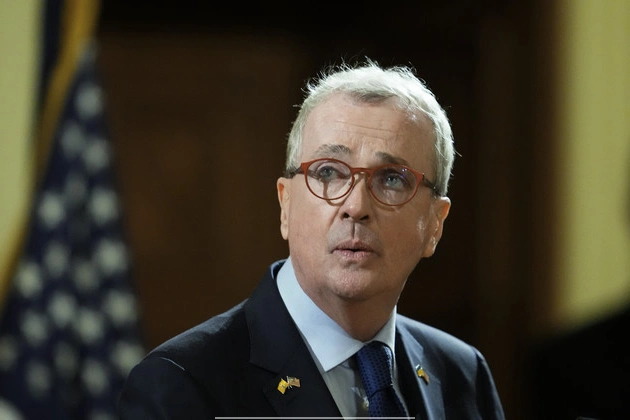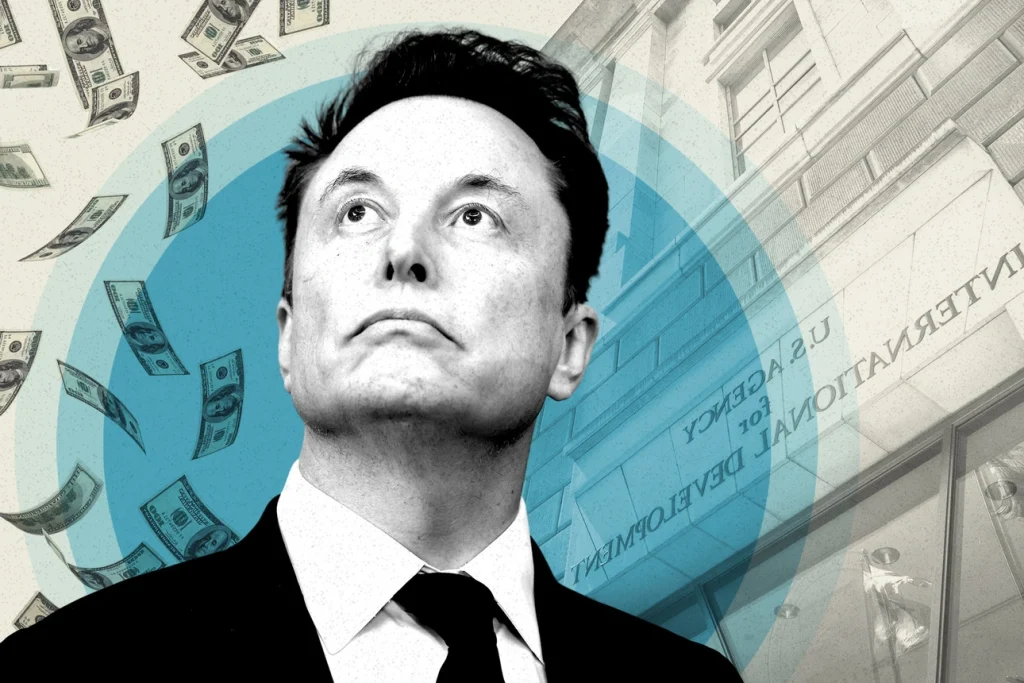
Introduction
USAID, a key player in global humanitarian efforts, has recently faced significant restructuring and controversies under the Trump administration’s directives. This article delves into the unfolding events, shedding light on the implications for foreign aid and government efficiency.
The Unraveling of USAID
Amidst a backdrop of conflicting orders and freezes on foreign aid spending, USAID found itself at the center of a storm. The clash between Trump administration officials, led by Elon Musk’s DOGE initiative, and USAID leadership marked a turning point for the agency.
Challenges and Repercussions
The abrupt changes, including mass furloughs and funding pauses, sent shockwaves through the humanitarian community. Lives were at stake as essential aid deliveries faced disruptions and delays, prompting concerns from aid organizations and lawmakers.
Controversies and Consequences
The push to downsize USAID or merge it into the State Department triggered a wave of criticism and resistance. Bipartisan frustration over the handling of foreign aid and fears of institutional dismantling raised alarms among legislators and aid advocates.
Insights and Reflections
As the dust settles, questions linger about the motives behind the restructuring and the long-term impact on USAID’s mission. The narrative of bureaucratic shakeups and power struggles underscores the complexities of foreign aid governance and the need for transparency and accountability.
Conclusion
The saga of USAID’s restructuring serves as a cautionary tale of government interventions, power dynamics, and the fragility of humanitarian operations. As stakeholders assess the aftermath, the future of USAID hangs in the balance, awaiting further developments and decisions.

